Upon its release in 1985, Back to the Future quickly became a classic blockbuster that captivated audiences with its unique and thrilling plot. From renowned filmmaker Robert Zemeckis, this time-travel adventure follows the story of Marty McFly (Michael J. Fox), a high school student who accidentally travels back to 1955 in a time-traveling DeLorean created by his eccentric scientist friend, Doc Brown (Christopher Lloyd). As Marty races against time to find a way back to the present, he must ensure that his own parents fall in love, or risk altering his very existence.
Back to the Future premiered at number 1 in the box office during its opening weekend due to its compelling story and outstanding performances. The film gained incredible momentum, building a rapidly growing fanbase that generated substantial buzz and word-of-mouth. This remarkable support led to an approximate domestic box office gross of $210 million during its initial theatrical run, solidifying Back to the Future as a timeless classic. So, here’s the true story behind the iconic movie, Back to the Future.
How Bob Gale Came Up with Back to the Future
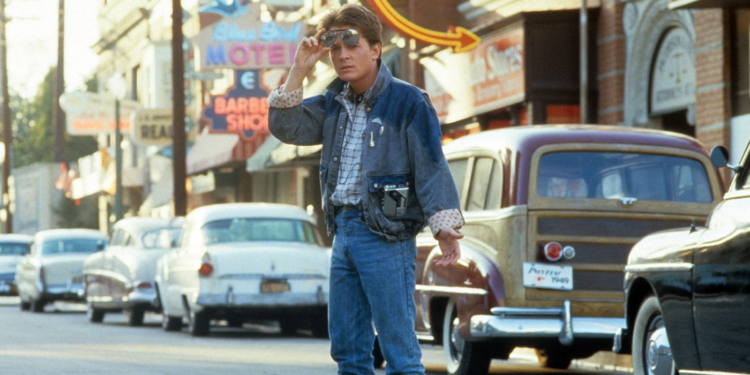
Bob Gale and Robert Zemeckis joined creative forces to co-write the legendary screenplay for Back to the Future. Yet, the inception of this groundbreaking concept can be traced back to Gale himself. The seed of inspiration was planted in Gale’s mind during a visit to his parents, where he stumbled upon a treasure trove of memories encapsulated within old high school photographs. As he delved into these visual remnants of the past, a thought began to take shape. Gale couldn’t help but ponder an intriguing question: if he had crossed paths with his own father during his teenage years, would their relationship have flourished? This heartfelt contemplation became the catalyst for one of the greatest time travel adventures in cinematic history. Working closely with Zemeckis, Gale skillfully transformed this personal musing into a tale of adventure, friendship, and the delicate dance between past and future.
Why Back to the Future Struggled to Get its Greenlight
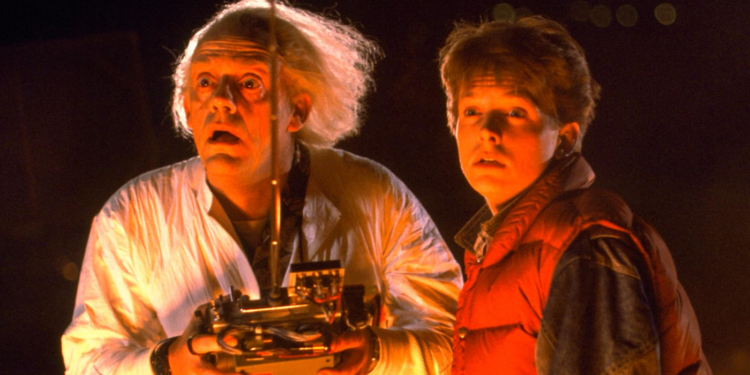
Due to its wacky and unconventional concept, Back to the Future faced numerous rejections from several studios. The film’s unique storyline, revolving around time travel and the adventures of a teenage boy and his eccentric inventor friend, proved to be a hard sell initially. As if that wasn’t challenging enough, studios also expressed concerns about the movie’s title. To that, many suggested that having “future” in the title would discourage audiences from watching it.
Undeterred, Bob Gale and Robert Zemeckis grappled with the daunting task of finding an appealing title. The journey wasn’t without its amusing moments though, as at one point, the movie was even pitched as “Doc Brown Goes to the Future” and “Space Men from Pluto.” However, trusting their instincts and believing in the film’s potential, Gale and Zemeckis stuck to their original idea, ultimately convincing Universal Studios to take a chance on the now-iconic Back to the Future.
Unveiling Eric Stoltz’s Involvement in Back to the Future
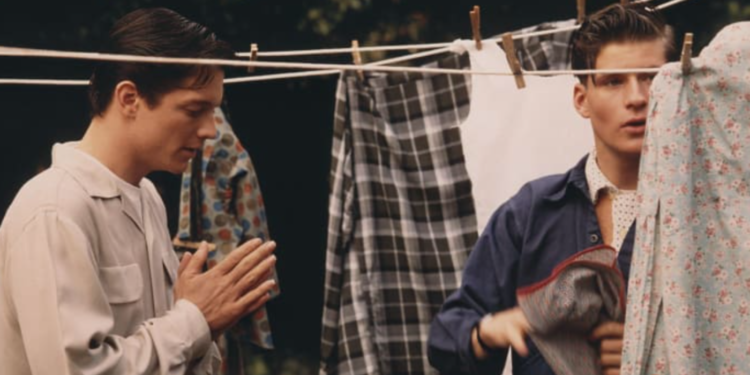
Before Michael J. Fox became the iconic Marty McFly in Back to the Future, Eric Stoltz was originally cast in the lead role. However, Stoltz’s methodical approach to filming clashed with the energy and chemistry that the cast and crew were trying to create. As days turned into weeks, the vibe he brought onto the set became increasingly difficult for everyone to connect with. So, after a month of filming, the decision was made to let Stoltz go. Within days, Fox was brought in as his replacement.
With Fox’s infectious charm and remarkable comedic timing, the scenes were reshot, giving birth to the version of the film revered today. Nevertheless, remnants of the “lost version” of Back to the Future starring Stoltz can still be found circulating online. Despite this unfortunate event for Stoltz, he still went on to gain success in Hollywood. He is most notable for his roles in films like Pulp Fiction, Killing Zoe, and The Butterfly Effect.
The Story Behind Crispin Glover’s Feud with Robert Zemeckis
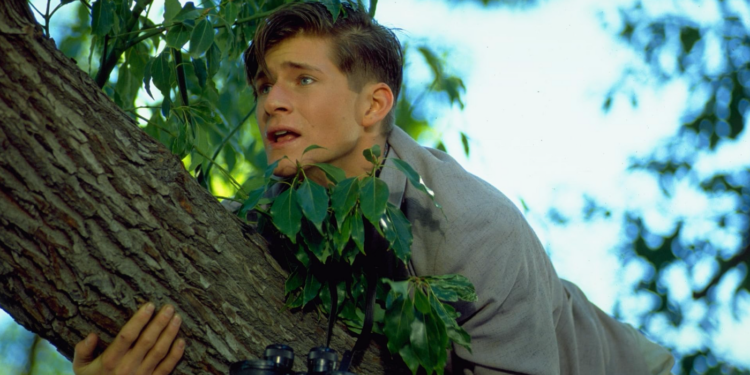
Crispin Glover, the talented actor known for his portrayal of George McFly in Back to the Future, found himself at odds with the movie’s ending. Glover strongly disagreed with the way the character’s story arc unfolded, expressing his concerns to the filmmakers. However, his voice was not taken into consideration, which left Glover feeling unheard and disheartened. As a result, he made the difficult decision to not star in the movie’s sequel, Back to the Future Part II.
Determined to continue the story without Glover, the production enlisted Jeffrey Weissman, utilizing practical effects to mimic Glover’s likeness and bring George McFly to life. Unhappy with the unauthorized use of his image, Glover filed a lawsuit against the production, ultimately receiving compensation for the infringement. This incident prompted The Screen Actors Guild to introduce new rules to protect actors from illicit use of their performances, ensuring that their voices and opinions are respected in future projects.
The Story Behind Huey Lewis’ Hit Song “The Power of Love”
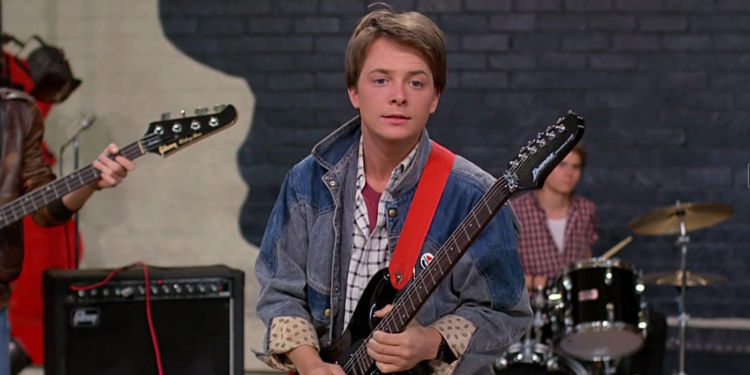
The Power of Love by Huey Lewis and the News is a timeless hit song that not only captured the hearts of music lovers, but also became an integral part of the iconic film, Back to the Future. The story behind this song begins when the filmmakers approached Huey Lewis to write a theme song for the movie. The band delivered a track that perfectly encapsulated the film’s theme of love and time-travel adventure.
The infectious and upbeat melody, coupled with Huey Lewis’ distinctive vocals, created an undeniable musical magic that complemented the film’s dynamic scenes and added another layer of emotion to the story. The song serves as the band’s first number-one hit on the U.S. Billboard Hot 100 Chart and their second number-one hit on the U.S. Mainstream Rock chart. What’s more, the music video for the song featured a memorable performance from Christopher Lloyd as his famous character, Doc Brown.
 Follow Us
Follow Us





